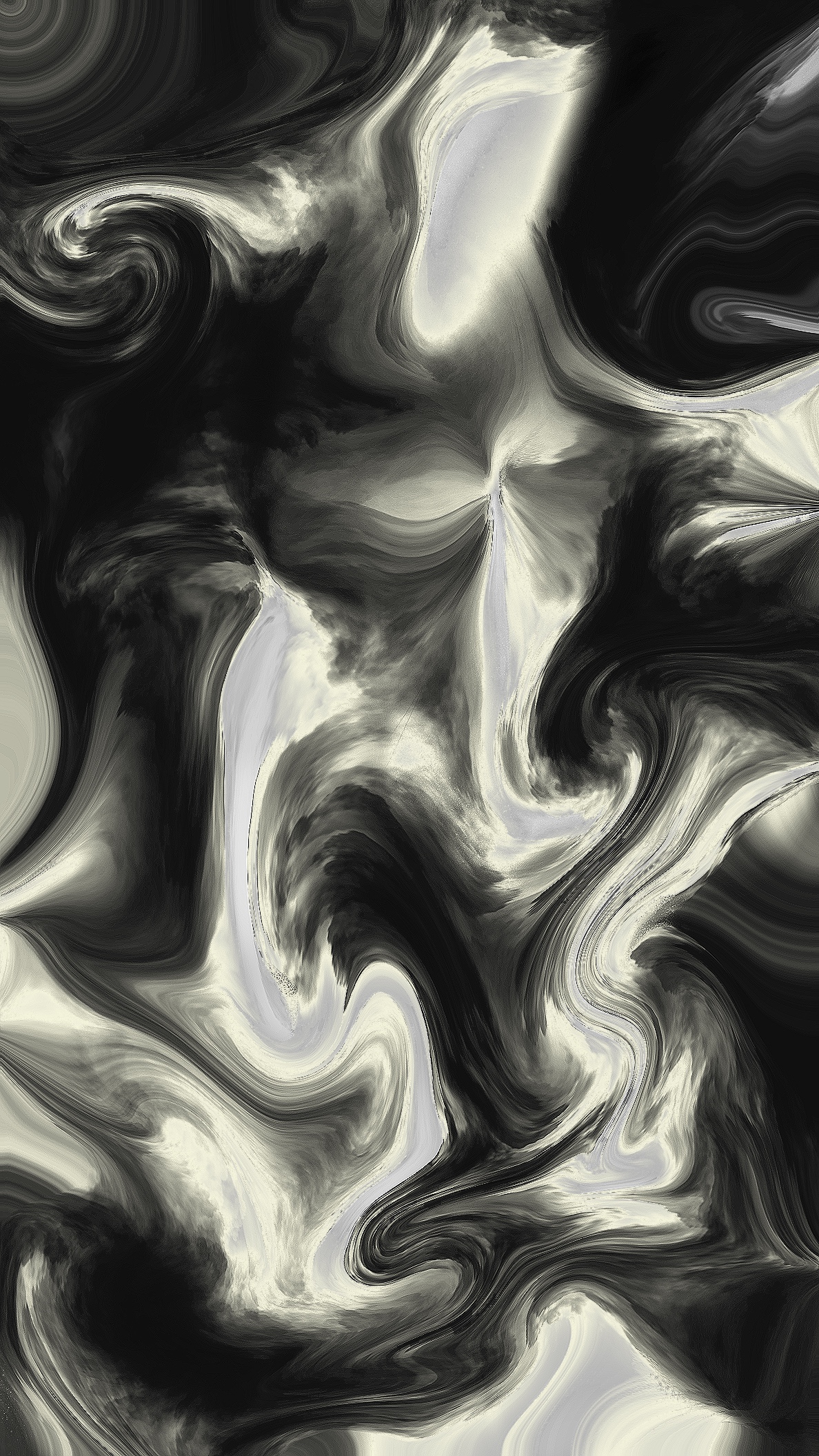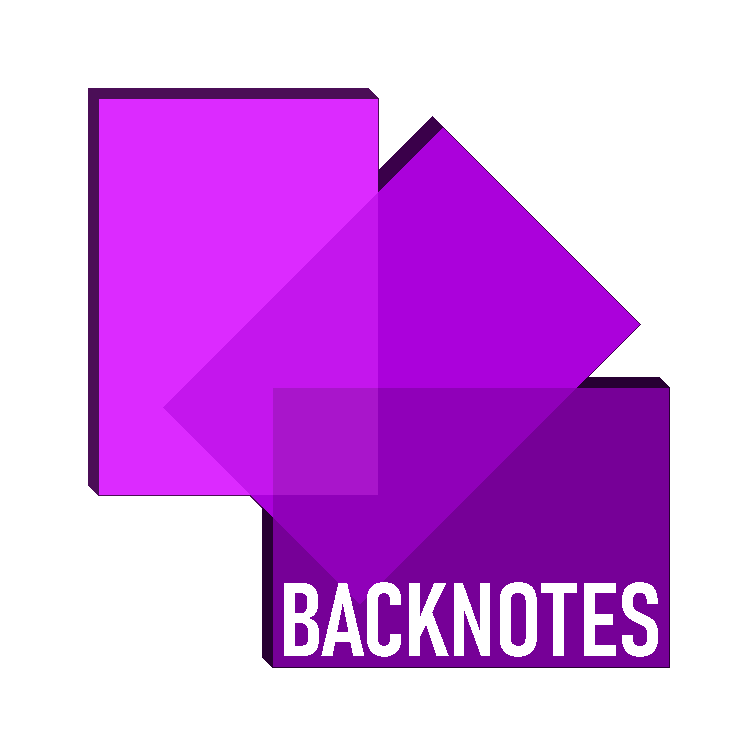
Balanced Diet
Common Elements:
Food:
- Carbon
- Hydrogen
- Phosphorus
- Sulfur
- Nitrogen
- Oxygen
Dissolved Salts
- Sodium
- Magnesium
- Chlorine
- Potassium
- Calcium
Trace Elements:
- Copper
- Iron
- Zinc
Requirements of a balanced diet:
Biomolecules are minerals that have combined in different ratios that are found in all living organisms. The four main types of biomolecules are:
- Carbohydrates
- Lipids
- Proteins
- Vitamins and Minerals
Carbohydrates:
A group of organic compounds that consist of carbon, hydrogen and oxygen that provide energy to the body’s cells and tissues and regulate the blood glucose levels.
(e.g: Grains (bread, rice, crackers). Dairy (milk, yoghurt)
Types of carbohydrates:
- Monosaccharides:
The smallest unit of carbohydrates. They are monomers. - Disaccharides:
Two monosaccharides joined together - Polysaccharides:
Monosaccharides linked together in repeating units.
Lipids:
A macro biomolecule that typically contains hydrocarbons and is insoluble in water. They store twice as much energy as proteins and carbohydrates. Some act as important hormones for the body. Four types of lipids are: fatty acids, glycerides, non-glyceride lipids, complex lipids.
Structure:
- Saturated fat:
A type of fat with a high proportion of fatty acid molecules with no double bonds. (less healthy than unsaturated fats) - Unsaturated fat:
A type of fat that has a high proportion of fatty acid molecules with at least one double bond. - Phospholipids:
One fatty acid is replaced by a phosphate molecule or this molecule is added to the fatty acid.
Fatty acids usually are composed of a straight chain of an even number of carbon atoms, with hydrogen atoms along the length of the chain, and a carboxyl group on the end. Fatty acid with double carbon to carbon bonds = unsaturated fat Fatty acid with single carbon to carbon bonds = saturated fat.
Function
Building blocks of cellular membrane and growth. They are used for storing energy, insulating body, cellular communication and protection
Limitations:
If there is an excess amount of lipids in the blood, it can cause fat deposits in artery walls. Trans-fats increase bad cholesterol (LDL) and lower good cholesterol (HDL). Both increase chances of heart disease.
Protein:
Molecules composed of polymers of amino acids (monomers) that have been joined together by peptide bonds. They contain nitrogen. Required for maintaining structure, function, and regulation of bodily tissues and organs. Formed by anabolic reactions as smaller units (amino acids).
(e.g: meat, fish, eggs, milk, beans, and peas.)
Types of proteins:
- Keratin:
Found in hair and epidermis. Serves structural and protective functions. - Myosin:
Found in skeletal and cardiac muscles. Used for formation of cell membranes, functions as a biological catalyst (enzyme), an antibody and a hormone.
Vitamins:
Organic compounds not made in the body, and are obtained and ingested burning nutrition. Small quantities are needed to maintain the body, and thus are micronutrients.
Types of vitamins
- Water Soluble:
Used to make and maintain the connective tissues. (e.g. Vitamin C from fresh fruits and vegetables) - Fat-Soluble:
Required for formation of bones and teeth. (e.g. Vitamin D from milk, eggs, liver, fish oils)
Minerals:
Inorganic nutrients that occur as molecules and not as atoms. Soluble in inorganic salts and are a micronutrient.
Uses of Minerals:
- Construct hard parts of the body
(e.g. Calcium → formation of teeth and bones) - Formation of soft tissue
(e.g. Nitrogen and Sulphur → form protein muscle tissue) - Maintain correct fluid concentration
State the monomers of carbohydrates, lipids, proteins and nucleic acids
Define Monomer:
A molecule that may react with another molecule of the same type to form a large molecule
Carbohydrates:
Monosaccharides
Lipids:
Glycerol and fatty acids
Proteins:
amino acids
Nucleic Acids:
nucleotides
